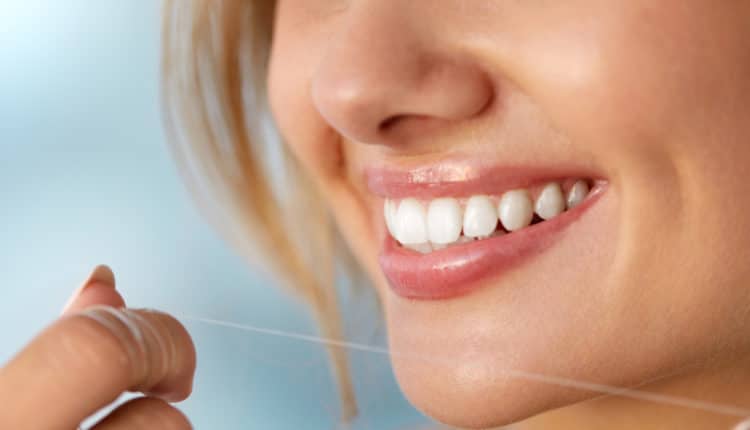
AAP Study Suggests Flossing Before Brushing
A new study published by the American Academy of Periodontology (AAP) helps inform oral health professionals when answering patients commonly asked question: Should I brush or floss first?
A new study published by the American Academy of Periodontology (AAP) helps inform oral health professionals when answering patients commonly asked question: Should I brush or floss first?
This study, “The Effect of Toothbrushing and Flossing Sequence on Interdental Plaque Reduction and Fluoride Retention: A Randomized Controlled Clinical Trial,’’ featured in the Journal of Periodontology reports flossing before brushing may be the ideal sequence for the most thorough removal of dental plaque. However, the central recommendation is that all patients do what they can to remove plaque based on their oral health professionals’ recommendations for their specific case, says Steven R. Daniel, DDS, president of the AAP.
Practicing an appropriate oral hygiene routine is imperative as plaque bacteria are the primary culprit behind the development of periodontal disease, which can lead to swelling, irritation, gum recession, and tooth loss if left untreated.
“There is currently no singular, official recommendation on brushing and flossing sequence,” explains Daniel. Oral health professionals commonly stand in one of two schools of thought: a) brushing rinses away the particles that come up after flossing first; or b) brushing first is best because it removes most debris and bacteria from the mouth and makes it easier for interdental plaque to be removed afterward. Most oral health professionals make recommendations based on a patient’s individual situation.
The two-phase study led by researchers at Mashhad University of Medical Sciences in Iran, followed 25 dental students who were asked to brush their teeth with fluoride toothpaste first, and then floss (brush-floss). In a second phase, the same group was asked to floss, and then brush their teeth with a fluoride toothpaste (floss-brush). The amount of plaque between teeth and in the mouth was significantly reduced when participants used the floss-brush approach. The reason for this, researchers explain, is flossing loosens bacteria and debris from between the teeth, and brushing afterwards, when the mouth is rinsed with water, further clears the mouth of the particles.
Fluoride was reported to remain in the mouth at higher levels when participants flossed before brushing.
Because the participants were dental students well-versed in brushing and flossing, an investigation focusing on subjects from the public may provide a more generalized result, the study’s authors note.

